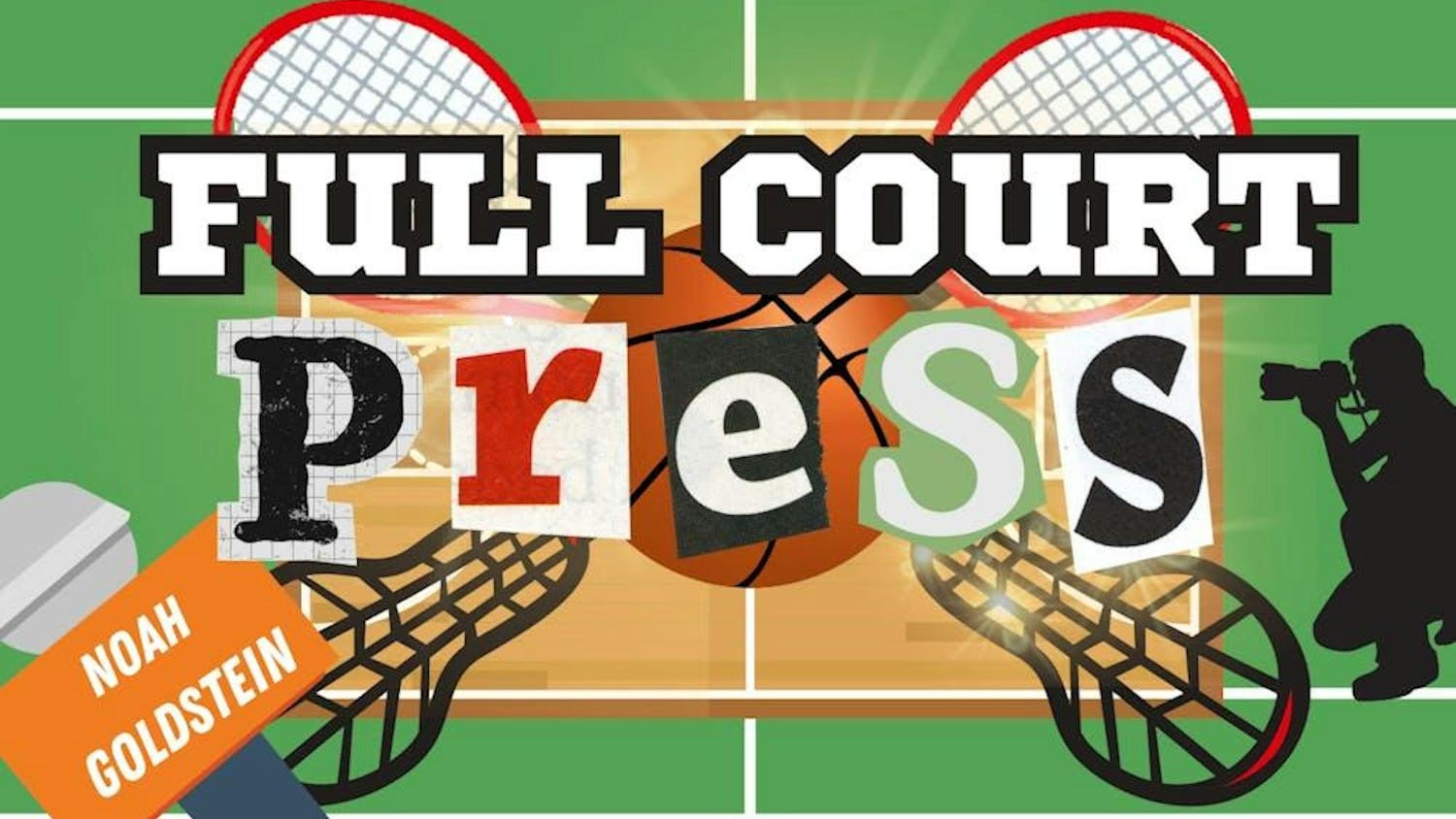Has the Hot Stove gone cold? There's been a slow start to baseball's free agent period. I think everyone is waiting for one piece to fall into place before the action picks up. That piece happens to have the most talent, most value and most girth of all free agents, and that is CC Sabathia.
CC will likely sign quickly, as he's not a Scott Boras client. So far, the Brewers, his current team, have reportedly offered a five-year, $100 million contract, and the Yankees, a six-year, $140 million deal. What I'd like to look at is how much a team should pay for his services. To do so, I will analyze the four factors that any good general manager looks at: talent, risk, utility and expenditure.
Talent: We want to measure CC's talent on everything he can control. The 6-foot-7, 290-pound lefthander mainly throws a 95-mph heater and a devastating slider/cutter. He has been the best pitcher in baseball each of the last two years. After going 17-10 with a 2.70 ERA in 253 innings last year, Sabathia staked the claim to being the most valuable player in baseball not named Albert Pujols.
Projecting a pitcher's future production is hard. You have to weigh Sabathia's last three years of performance, taking into account everything that he can control, such as strikeouts and walks, while isolating his talent from his team's defense and park effects. You also have to average out his performance with the rest of the league ,or "regress to the mean" for us statheads. Fortunately, there are much smarter people than I who do this work. After running all the numbers, you get an ERA of 3.30 to 3.40. Plus, he's averaged an absurd 207 innings per year throughout his eight-year career. Putting all that together places CC squarely into a class occupied by a tiny elite -- maybe only Johan Santana and Roy Halladay.
Risk: This one is the hardest to measure. Most risk analyses use qualitative analysis since there are no statistics for injury. The best predictor of future injury is past injury, and CC's slate is clean. Sabathia is entering this season at the ripe age of 28 years old, which is young for a free-agent pitcher. His reputation as a workhorse has been established, which is important, since younger pitchers or pitchers with large increases in innings pitched from year to year are more prone to injuries. There were no signs of wear on his arm at the end of last year even after he regularly threw 130 pitches, as his velocity remained steady. He may want to find a good orthopedist, however, after carrying the entire Brewer team on his back on its way to the playoffs.
In the past, pitchers who have signed nine-figure deals have not worked out well. Barry Zito, Kevin Brown and Mike Hampton were all disasters, although the pitcher most similar to Sabathia, Santana, just finished a successful first season with the Mets. The performance risk, however, is minimal. Since 1954, every pitcher who threw at least 600 innings from ages 25-27, as Sabathia did (and then some), saw his ERA rise from 3.43 to 3.70 on average over the next six years. That's a very small difference. The problem is, only half of the pitchers in that sample remained healthy. The risk of injury is huge for any pitcher. All that teams can do to protect themselves is take out insurance policies or have faith in their medical staffs. In general, it's not a good idea to sign pitchers to long-term deals. But if you're thinking long-term deals, CC is as good a bet as any.
Utility: A 3.40 ERA from Sabathia over 230 innings translates into 87 runs, while the league average 4.30 ERA over that span predicts 110 runs. But CC doesn't replace a league-average player. He eliminates the weakest link from the rotation, normally the fifth starter. Using a theoretical "replacement-level" starter whom any team could pull up from AAA and substituting a 5.5 ERA, CC saves up to 50 runs. Using the rule of thumb that 10 runs roughly equals one win, we can say that Sabathia would add five marginal wins to a team. Of course, some teams will be risk-averse or risk-seeking, while some have better alternative options. Perhaps CC would add even more value in the National League, where batters can hardly touch him. He also has a career .261/.270/.398 batting line, compared to .139/.177/.175 for the average pitcher.
Expenditure: Applying the methodology used up to this point, we can say that last year teams paid $4.5 to $5 million per win to free agents. Most years, there is a 10 percent inflation rate to be added on top of that. It appears to be a buyer's market, though, as free agents such as Mark Ellis, Jeremy Affeldt and even Edgar Renteria are signing below-market deals. Santana's six-year, $137-million deal signed last summer is an excellent benchmark. Sabathia is more talented and as a free agent costs less to acquire, so he is worth more. I would guess he is worth an average present-annual value of $25 million. That rate could escalate in future years, but many players sign long-term deals at a discount because they want to receive security while the team takes on added risk.
For CC, choosing between the Brewers' and Yankees' offers will be tough. The cost of living, length of contracts and chances of playing in October are different in both situations. Furthermore, it's believed CC would rather pitch in his home state of California, where the Dodgers, Angels and Giants might compete to sign him.
CC is a Cy Young winner and probably a future Hall of Famer. His physique is unique, so there is no telling how he will age. His signing will set the market for lesser pitchers like A.J. Burnett and Derek Lowe. It could also trigger deals that land Jake Peavy, Mark Teixeira and Manny Ramirez on new teams. For me, it's not a matter of when or where, but how much.
--
Jeremy Greenhouse is a sophomore who has not yet declared a major. He can be reached at Jeremy.Greenhouse@tufts.edu.





